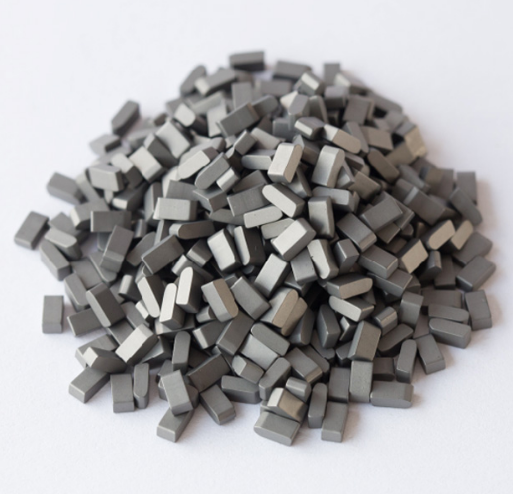

current position:Information and data>How to repair chemical equipment lining
In the production and operation of chemical equipment, because the internal medium is corrosive, in order to ensure the safe operation of the equipment and extend the service life of the equipment,  it can be lined with an anti-corrosion layer inside, which can also reduce the equipment cost. However, because of the characteristics and manufacturing shortcomings of the equipment lining material, the lining is usually partially damaged during the reasonable service life of the equipment. Selecting certain correction methods to correct the damaged parts can extend the entire service life of the equipment and achieve economic intent. The following will take the repair of rubber fabric equipment as an example to introduce us to the repair methods of chemical equipment fabrics.
it can be lined with an anti-corrosion layer inside, which can also reduce the equipment cost. However, because of the characteristics and manufacturing shortcomings of the equipment lining material, the lining is usually partially damaged during the reasonable service life of the equipment. Selecting certain correction methods to correct the damaged parts can extend the entire service life of the equipment and achieve economic intent. The following will take the repair of rubber fabric equipment as an example to introduce us to the repair methods of chemical equipment fabrics.
Repair of rubber fabric equipment: Rubber has good mechanical and physical functions and corrosion resistance. It can be used as a fabric for metal equipment to isolate corrosive media from the metal surface and play a role in preventing corrosion. Rubber fabric equipment is widely used in the chemical industry, pharmaceutical industry, non-ferrous metallurgy and food industry.
Repair with FRP lining: At present, this method is used more widely, and the effect is more obvious. FRP lining is pasted by hand. Both the primer and the bottom patch should use epoxy, which means that the adhesive is attached to the three-layer cloth, because the epoxy resin has a strong bond with rubber and metal. The surface layer is selected from phenolic, epoxy, furan or polyester resin based on the characteristics of the corrosive medium, and lining more than three times. Note that the glass cloth gradually overlaps with the lining layer. After reaching cold curing, it can be partially heated by infrared light to accelerate curing.
Repair with the rubber sheet with the same trademark as the original fabric layer: When the Chen rubber layer is required to be the same kind of material, the original rubber sheet is used for repair. The operation process is the same as the fabric process. Brush the glue three times on the defects of the equipment, and brush the glue twice with the selected rubber sheet, then apply the lining, compact it with a hot soldering iron, and vulcanize after the lining. During vulcanization, the maximum steam pressure should be 0.05MPa lower than the original vulcanization. Although this repair method can obtain the lining with the same raw material, the two vulcanization may cause the over-vulcanization of the original lining layer, which affects the service life. At the same time, the repair process is messy and is not suitable for on-site repair.
Repair with pre-vulcanized rubber sheet: select the pre-vulcanized butyl rubber sheet, first use an angle grinder to polish the metallic luster and fresh rubber appearance, clean it up, and repair it with pre-vulcanized rubber sheet. The hardness is relatively large, so the corners should be polished into a larger arc transition. The corners should be polished into a larger arc transition.
Hot information

